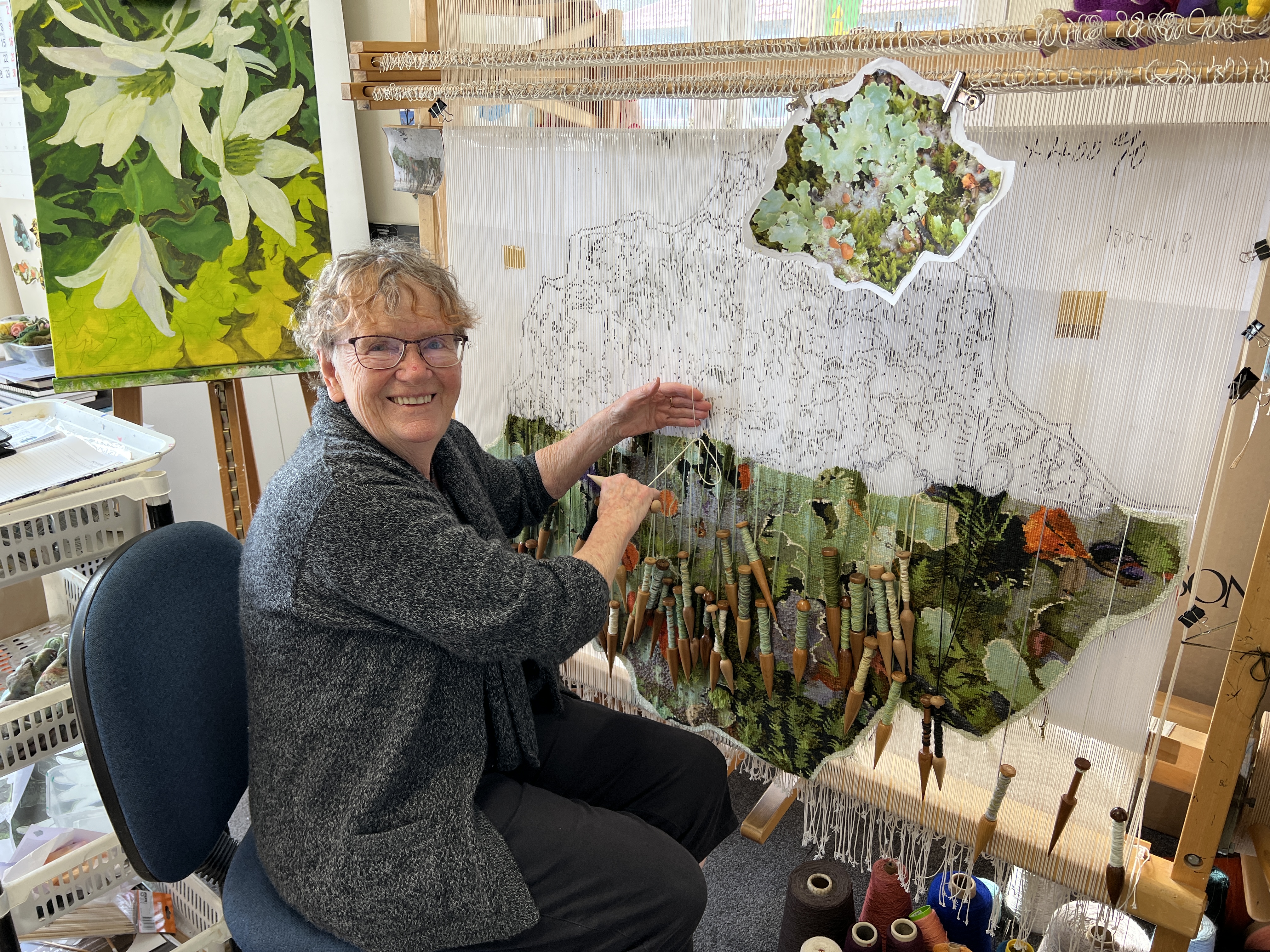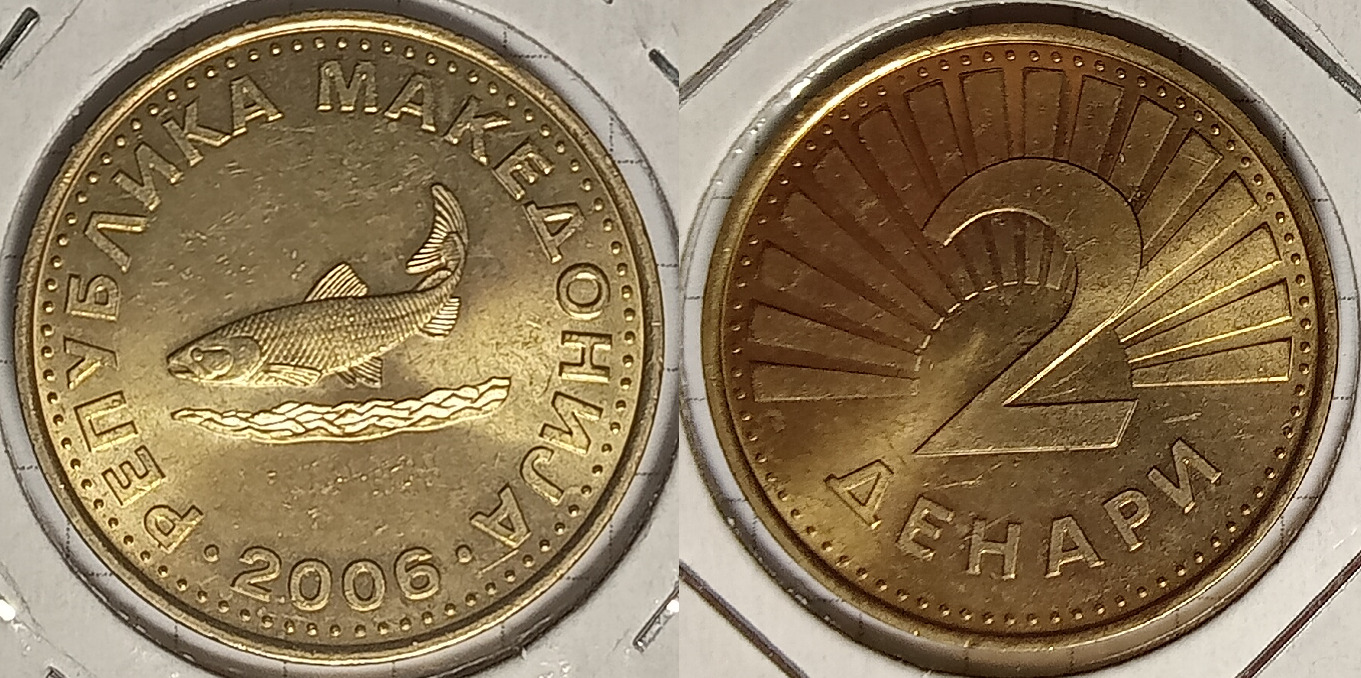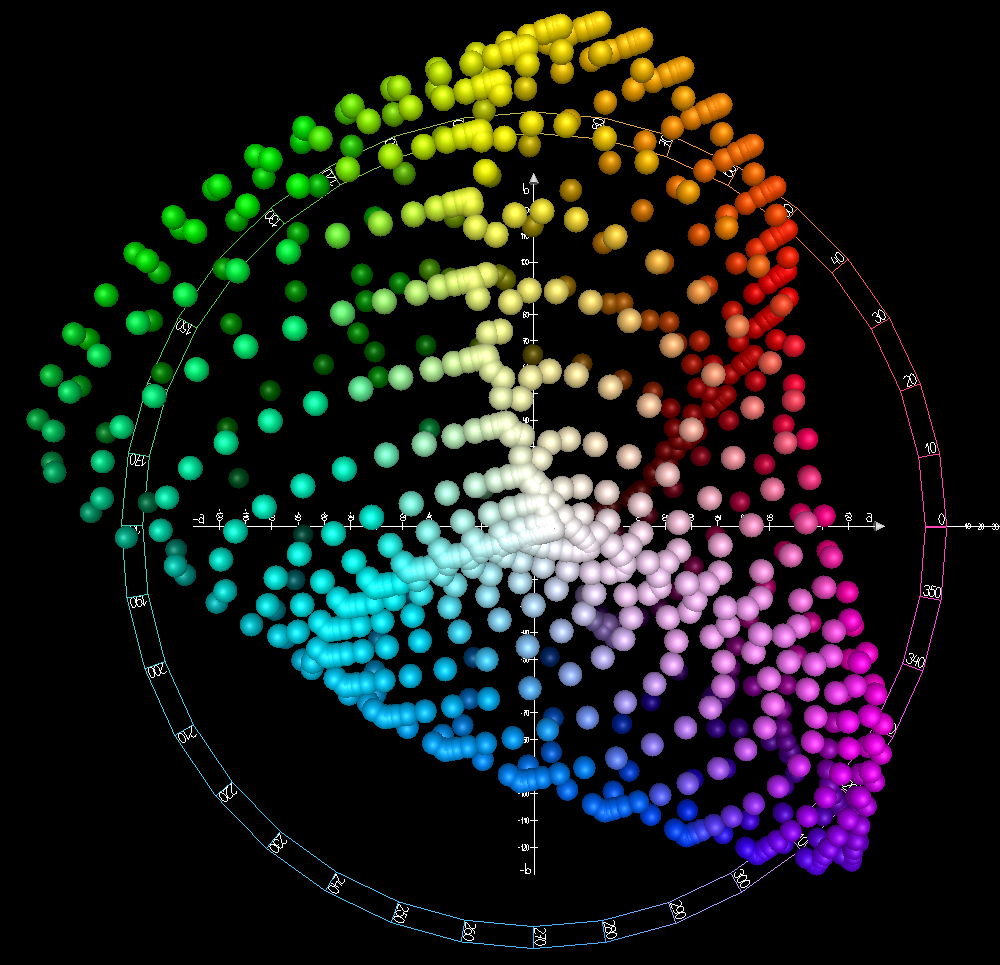|
Orzeł Biały
The coat of arms of Poland is the Coat of arms, heraldic symbol representing Poland. The current version was adopted in 1990. It is a white, crowned Eagle (heraldry), eagle with a golden beak and talons, on a red background. In Poland, the coat of arms as a whole is referred to as ''godło'' both in official documents and colloquial speech, despite the fact that other coats of arms are usually called a ''herb'' (e.g. the Nałęcz coat of arms, Nałęcz ''herb'' or the coat of arms of Finland). This stems from the fact that in Polish heraldry, the word ''godło'' (plural: ''godła'') means only a heraldic charge (in this particular case a white crowned eagle) and not an entire coat of arms, but it is also an archaic word for a national symbol of any sort. In later legislation only the ''herb'' retained this designation; it is unknown why. Legal basis The coat of arms of the Republic of Poland is described in two legal documents: the Constitution of the Republic of Poland of 1997 ... [...More Info...] [...Related Items...] OR: [Wikipedia] [Google] [Baidu] |
Poland
Poland, officially the Republic of Poland, is a country in Central Europe. It extends from the Baltic Sea in the north to the Sudetes and Carpathian Mountains in the south, bordered by Lithuania and Russia to the northeast, Belarus and Ukraine to the east, Slovakia and the Czech Republic to the south, and Germany to the west. The territory has a varied landscape, diverse ecosystems, and a temperate climate. Poland is composed of Voivodeships of Poland, sixteen voivodeships and is the fifth most populous member state of the European Union (EU), with over 38 million people, and the List of European countries by area, fifth largest EU country by area, covering . The capital and List of cities and towns in Poland, largest city is Warsaw; other major cities include Kraków, Wrocław, Łódź, Poznań, and Gdańsk. Prehistory and protohistory of Poland, Prehistoric human activity on Polish soil dates to the Lower Paleolithic, with continuous settlement since the end of the Last Gla ... [...More Info...] [...Related Items...] OR: [Wikipedia] [Google] [Baidu] |
Bas-relief
Relief is a sculptural method in which the sculpted pieces remain attached to a solid background of the same material. The term ''relief'' is from the Latin verb , to raise (). To create a sculpture in relief is to give the impression that the sculpted material has been raised above the background plane. When a relief is carved into a flat surface of stone (relief sculpture) or wood ( relief carving), the field is actually lowered, leaving the unsculpted areas seeming higher. The approach requires chiselling away of the background, which can be time-intensive. On the other hand, a relief saves forming the rear of a subject, and is less fragile and more securely fixed than a sculpture in the round, especially one of a standing figure where the ankles are a potential weak point, particularly in stone. In other materials such as metal, clay, plaster stucco, ceramics or papier-mâché the form can be simply added to or raised up from the background. Monumental bronze reliefs are ... [...More Info...] [...Related Items...] OR: [Wikipedia] [Google] [Baidu] |
Bolesław I The Brave
Bolesław I the Brave (17 June 1025), less often List of people known as the Great, known as Bolesław the Great, was Duke of Poland from 992 to 1025 and the first King of Poland in 1025. He was also Duke of Bohemia between 1003 and 1004 as Boleslaus IV. A member of the Piast dynasty, Bolesław was a capable monarch and a strong mediator in Central European affairs. He continued to proselytise Western Christianity among his subjects and raised Poland to the Kingdom of Poland, rank of a kingdom, thus becoming the first Polish ruler to hold the title of ''rex'', Latin for king. The son of Mieszko I of Poland by his first wife Dobrawa of Bohemia, Bolesław ruled Lesser Poland already during the final years of Mieszko's reign. When the country became divided in 992, he banished his father's widow, Oda of Haldensleben, purged his half-brothers along with their adherents and successfully reunified Poland by 995. As a devout Christian, Bolesław supported the missionary endeavours of Ada ... [...More Info...] [...Related Items...] OR: [Wikipedia] [Google] [Baidu] |
Tapestry With The Coats Of Arms Of Poland (White Eagle) And Lithuania (Vytis, Pahonia) And A Figure Of Victory
Tapestry is a form of textile art which was traditionally woven by hand on a loom. Normally it is used to create images rather than patterns. Tapestry is relatively fragile, and difficult to make, so most historical pieces are intended to hang vertically on a wall (or sometimes in tents), or sometimes horizontally over a piece of furniture such as a table or bed. Some periods made smaller pieces, often long and narrow and used as borders for other textiles. Most weavers use a natural warp thread, such as wool, linen, or cotton. The weft threads are usually wool or cotton but may include silk, gold, silver, or other alternatives. In late medieval Europe, tapestry was the grandest and most expensive medium for figurative images in two dimensions, and despite the rapid rise in importance of painting it retained this position in the eyes of many Renaissance patrons until at least the end of the 16th century, if not beyond. The European tradition continued to develop and reflect w ... [...More Info...] [...Related Items...] OR: [Wikipedia] [Google] [Baidu] |
Denar Rys Chrobry1
The denar (; paucal: denari / ; Currency symbol, abbreviation: den / ; ISO 4217, ISO code: MKD) is the currency of North Macedonia. Though subdivided into one hundred deni (), coins with a denomination of less than one denar have not been in use since 2013. History The first denar was established as a temporary currency on 26 April 1992 in the then-North Macedonia, Republic of Macedonia, replacing the 1990 version of the Yugoslav dinar at a 1:1 parity. In May 1993, the currency was reformed and a new denar was introduced, with one new denar being equal to 100 old denars. Etymology The name denar comes from the name of the Ancient Rome, ancient Roman monetary unit, the ''denarius''. The currency symbol, abbreviation is ден, the first three Macedonian alphabet, Cyrillic letters of its name. First denar (1992–1993) The first denar was a temporary currency introduced on 26 April 1992 to replace the Yugoslav dinar at 1:1 parity and establish the monetary independence of Mac ... [...More Info...] [...Related Items...] OR: [Wikipedia] [Google] [Baidu] |
Gniezno
Gniezno (; ; ) is a city in central-western Poland, about east of Poznań. Its population in 2021 was 66,769, making it the sixth-largest city in the Greater Poland Voivodeship. The city is the administrative seat of Gniezno County (''powiat''). One of the Piast dynasty's chief cities, it was the first historical capital of Poland in the 10th century and early 11th century, and afterwards remained one of the main cities of the historic region of Greater Poland. Gniezno is the seat of the Roman Catholic Archdiocese of Gniezno, the country's oldest archdiocese, founded in 1000, and its archbishop is the primate (bishop), primate of Poland, making the city the country's ecclesiastical capital. The Gniezno Cathedral is one of the most historically important churches in Poland, and as such is a designated Historic Monument (Poland), Historic Monument of Poland. Other sights include the Old Town and the Museum of the Origins of the Polish State. Geography Gniezno is one of the histor ... [...More Info...] [...Related Items...] OR: [Wikipedia] [Google] [Baidu] |
Lech, Czech And Rus
Lech, Czech and Rus (, ) refers to a founding legend of three Slavic brothers who founded three Slavic peoples: the Polish people, Poles, the Czechs, and the Rus' people, Rus' (Belarusians, Russians, Rusyns, and Ukrainians). The three legendary brothers appear together in the ''Wielkopolska Chronicle'', compiled in the early 14th century. The legend states that the brothers, on a hunting trip, followed different prey and thus travelled (and settled) in different directions: Lech in the northwest, Czech in the west, and Rus in the northeast. There are multiple versions of the legend, including several regional variants throughout West Slavic peoples, West Slavic, and to lesser extent, other Slavic countries that mention only one or two brothers. The three also figure into the origin myth of South Slavic peoples in some legends. Their stories are often, to some extent as well, used as a myth to understand the eventual foundation of the Polish, Czech and Ruthenian states, in accordan ... [...More Info...] [...Related Items...] OR: [Wikipedia] [Google] [Baidu] |
Flag Of Poland
The national flag of Poland ( ) consists of two horizontal stripes of equal width, the upper one white and the lower one red. The two colours are defined in the Constitution of Poland, Polish constitution as the national colours. A variant of the flag with the Coat of arms of Poland, national coat of arms in the middle of the white fess is legally reserved for official use abroad and at sea. A similar flag with the addition of a white eagle is used as the naval ensign of Poland. White and red were officially adopted as national colours in 1831, although these were associated with Poland since the Middle Ages and were emphasized on Banner of Poland, royal banners. They are of heraldry, heraldic origin and derive from the Tincture (heraldry), tinctures (colours) of the coats of arms of the two constituent nations of the Polish–Lithuanian Commonwealth (i.e., the White Eagle of Poland, and the Pahonia, Pursuer of the Grand Duchy of Lithuania, a white knight riding a white horse), ... [...More Info...] [...Related Items...] OR: [Wikipedia] [Google] [Baidu] |
Lab Color Space
The CIELAB color space, also referred to as ''L*a*b*'', is a color space defined by the International Commission on Illumination (abbreviated CIE) in 1976. It expresses color as three values: ''L*'' for perceptual lightness and ''a*'' and ''b*'' for the four Unique hues, unique colors of human vision: red, green, blue and yellow. CIELAB was intended as a perceptually uniform space, where a given numerical change corresponds to a similar perceived change in color. While the LAB space is not truly perceptually uniform, it nevertheless is useful in industry for detecting small differences in color. Like the CIE 1931 color space, CIEXYZ space it derives from, CIELAB color space is a device-independent, "standard observer" model. The colors it defines are not relative to any particular device such as a computer monitor or a printer, but instead relate to the CIE 1931 color space#CIE standard observer, CIE standard observer which is an averaging of the results of color matching expe ... [...More Info...] [...Related Items...] OR: [Wikipedia] [Google] [Baidu] |
Argent
In heraldry, argent () is the tincture of silver, and belongs to the class of light tinctures called "metals". It is very frequently depicted as white and usually considered interchangeable with it. In engravings and line drawings, regions to be tinctured ''argent'' are either left blank, or indicated with the abbreviation ''ar''. The name derives from Latin ''argentum'', translated as "silver" or "white metal". The word ''argent'' had the same meaning in Old French ''blazon'', whence it passed into the English language. In some historical depictions of coats of arms, a kind of silver leaf was applied to those parts of the device that were argent. Over time, the silver content of these depictions has tarnished and darkened. As a result, it can sometimes be difficult to distinguish regions that were intended as "argent" from those that were " sable". This leaves a false impression that the rule of tincture has been violated in cases where, when applied next to a dark colour, a ... [...More Info...] [...Related Items...] OR: [Wikipedia] [Google] [Baidu] |
Isosceles Trapezoid
In Euclidean geometry, an isosceles trapezoid is a convex quadrilateral with a line of symmetry bisecting one pair of opposite sides. It is a special case of a trapezoid. Alternatively, it can be defined as a trapezoid in which both legs and both base angles are of equal measure, or as a trapezoid whose diagonals have equal length. Note that a non-rectangular parallelogram is not an isosceles trapezoid because of the second condition, or because it has no line of symmetry. In any isosceles trapezoid, two opposite sides (the bases) are parallel, and the two other sides (the legs) are of equal length (properties shared with the parallelogram), and the diagonals have equal length. The base angles of an isosceles trapezoid are equal in measure (there are in fact two pairs of equal base angles, where one base angle is the supplementary angle of a base angle at the other base). Special cases Trapezoid is defined as a quadrilateral having exactly one pair of parallel sides, with the ... [...More Info...] [...Related Items...] OR: [Wikipedia] [Google] [Baidu] |
Escutcheon (heraldry)
In heraldry, an escutcheon (, ) is a shield that forms the main or focal element in an Achievement (heraldry), achievement of arms. The word can be used in two related senses. In the first sense, an escutcheon is the shield upon which a coat of arms is displayed. In the second sense, an escutcheon can itself be a charge (heraldry), charge within a coat of arms. Escutcheon shapes are derived from actual shields that were used by knights in combat, and thus are varied and developed by region and by era. Since shields have been regarded as military equipment appropriate for men only, British ladies customarily bear their arms upon a Lozenge (heraldry), lozenge, or diamond-shape, while clergymen and ladies in continental Europe bear their arms upon a Cartouche (design), cartouche, or oval. Other shapes are also in use, such as the roundel (heraldry), roundel commonly used for arms granted to Aboriginal Canadians by the Canadian Heraldic Authority, or the Nguni shield used in Coats of ... [...More Info...] [...Related Items...] OR: [Wikipedia] [Google] [Baidu] |






